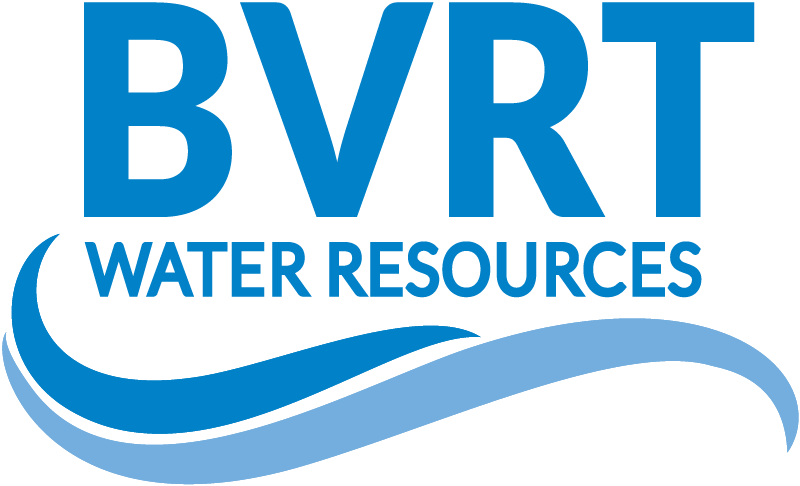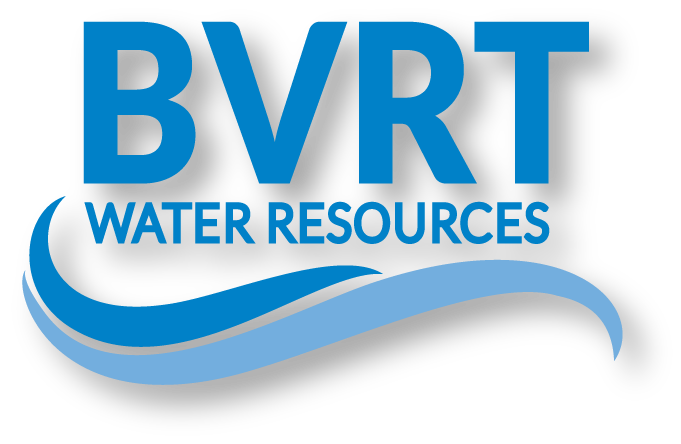Environmental Policy
Environmental mission statement
BVRT recognizes a real and urgent need for developing new models to rebuild and create new water resources and infrastructure. Models that satisfy the needs for sustainable water resources and enhance the economic, environmental, and social vitality of communities in the Texas Triangle.
BVRT, from its inception in 2013, chose to meet the most stringent water quality discharge standards as set by the Texas Commission on Environmental Quality (TCEQ) with effluent that is suitable for reuse and 100% safe for human contact.
Executive summary
The sustainability of our business is inextricably tied to the sustainability of our planet. it is important to reduce our own and our customers’ contributions to climate change as well as its potential impacts.
BVRT and our subsidiary companies, focus on creating the most environmentally beneficial means of sustaining the water cycle which includes water production, treatment and reuse, increased energy efficiency in our facilities, and emissions quality.
Compliance with water quality permits, standards, and regulations requires effective effluent management and discharge treatment. Our corporate and operations teams work closely together to ensure we achieve the highest quality water with the smallest environmental footprint. As part of long-term planning and management, we seek to identify the most effective, feasible treatment options and technologies on an industry-wide level, communicate strategies with our suppliers and regulators, and develop response plans to be prepared for emergencies.
We are committed to achieving our annual goal of having zero environmental violations or penalties from non-compliance with regulations. If a violation were to occur, we have the processes in place to immediately correct it, report it to the appropriate regulatory entity, identify root causes, and take action to avoid future violations.
Water quality:
BVRT, from its inception in 2013, chose to meet the most stringent water quality discharge standards as set by the Texas Commission on Environmental Quality (TCEQ). Those standards provide water suitable for human contact. The quality of the water is cleaner than the sources of most drinking water and is clean enough to drink if it were permitted.
When BVRT acquires an existing utility, treatment plant or lift station, we immediately begin the process to update to technology that meets those stringent standards. When we build a new facility in an area where water resource recovery (formerly known as wastewater treatment) does not exist, septic systems can be replaced. In both cases, water quality is improved.
We take a holistic approach to water efficiency and conservation, which lowers overall costs by reducing the need to invest in additional infrastructure to meet demand and ultimately contributes to affordability for our customers. We are committed to meeting or surpassing all regulatory requirements and thereby maintaining trust with our stakeholders.
Reuse water
BVRT’s focus on reuse water includes the process of intentionally purifying wastewater effluent with the intention of utilizing it to replace a beneficial freshwater purpose such as irrigation, industrial processes, surface or ground water replenishment, and watershed restoration. Our focus on water reuse helps build communities that are modern, sustainable, and economically stable. In some communities, recycled water can create a resilient and drought-proof water supply. In other communities, water recycling protects sensitive waterways and alleviates over-burdened centralized treatment facilities.
Whenever feasible, BVRT utilizes Membrane Bioreactor (MBR) plants, which produce ultra clean effluent that can be safely re-used for any non-potable application or discharged into any waterway with absolutely no harm to the ecosystem. Effluent reuse further conserves/reduces the freshwater demand for communities saving additional power, water, and resources.
Reuse water can provide alternatives to existing water supplies and be used to enhance water security, sustainability, and resilience. Water reuse can be used to offset up to 30% of freshwater demand.
Energy Efficiency
To improve the energy efficiency and emissions footprint of our operations, we continue to evaluate our processes and programs for monitoring and improving performance.
When properly designed, a Membrane Bioreactor (MBR) plant can be more efficient than a conventional treatment plant. The scour air system we use utilizes efficient fine bubble diffusers, and the air produced contributes oxygen to the plant reducing the air required in the pre-aeration tank. Additionally, the thicker mixed liquor and the ability to age the biomass in the plant reduces the waste sludge produced allowing smaller, less energy intensive digesters. Most importantly, MBRs can be operated in a pseudo batch mode, putting the plant in an idle mode when flows are low, greatly reducing the overall energy required.
BVRT has initiated a program aimed at powering our water resource recovery facilities to consume energy from renewable resources, such as wind turbines and solar power. Our pilot project is expected to be online in 2024, with the rest of our facilities following suit over the next five years. We are committed to reducing our carbon footprint and will expand the renewable energy program adhering to all regulatory statutes of the TCEQ and other local entities.


Social Responsibility
As a responsible corporate citizen, we want to enhance the quality of life in our communities. Additionally, we become a stronger company when we harness our workforce and resources to contribute to the health and success of our service areas and communities.
BVRT is involved with local watershed conservation districts, water authorities and local communities, supporting their programs by making our resources available. Further, in some of our districts, we have offered to provide funding to reduce fees to convert septic systems to sewer connections where available.